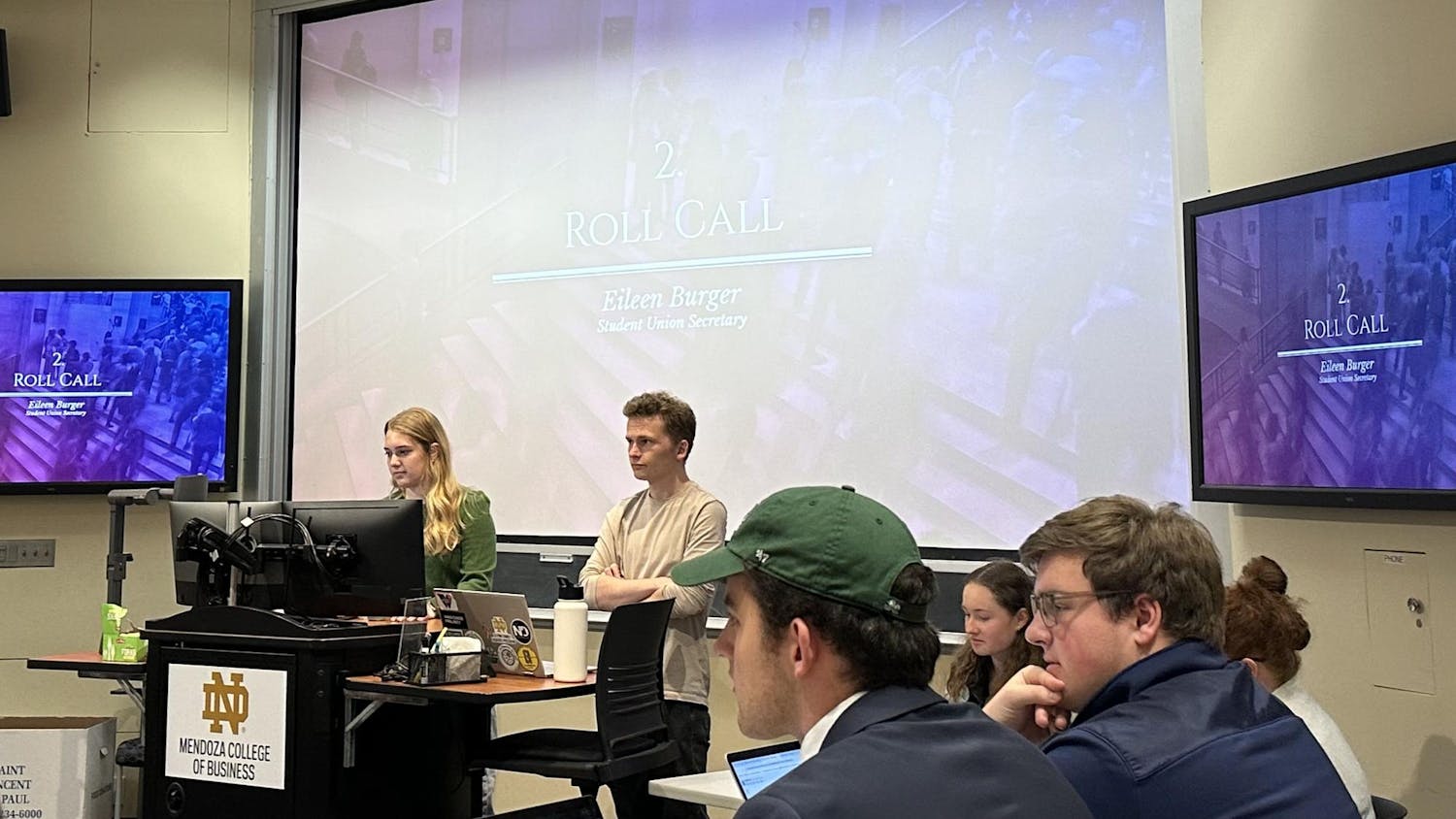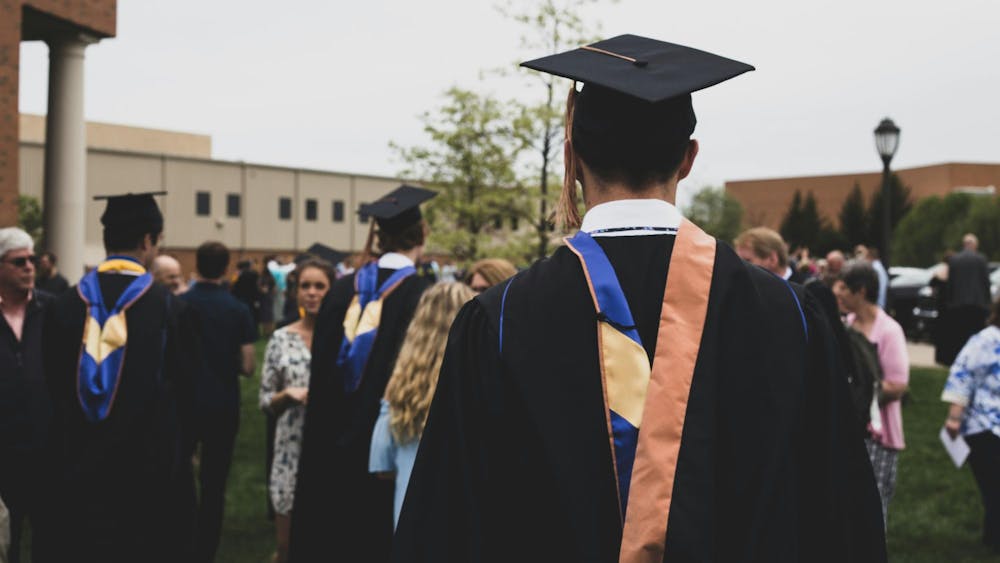In a cross-disciplinary effort, Notre Dame biology and mathematics professors have published a study on stathmin, a key protein in the cytoskeleton, demonstrating the success of mathematical computer modeling and lab work in photographing of stathmin.
Notre Dame associate professor of biochemistry Holly Goodson recently published the study in conjunction with professor of applied mathematics Mark Alber.
“Mark Alber’s lab specializes in doing biological modeling and they had already approached us about the possibility of trying to put something together with this,” Goodson said. “We’ve actually been working on this for quite a long time. The models had to start very simply and we’ve built complexity over time.”
In developing the mathematical model, Goodson said the goal was to create a system that was not overly complex.
“The first thing we’re looking for is just general behavior,” she said. “Then you can add extra levels of details to make it more precise. One of the main things you can get out of something like this is to figure out what really matters.”
Using computational models in a systems biology approach indirectly tests and observes conceptual models of the dynamic subcellular system, Goodson said. Although electron microscopes can capture images nanometers in size, such pictures are often incomplete, she said.
“It’s like trying to understand a football game: if you’re trying to figure out football from a hundred random snapshots of the game, you would never see anything interesting,” Goodson said. “You would never see a touchdown, it would never happen. That’s kind of like electron microscopy: it’s hard to figure out what’s really going from these snapshots frozen in time.”
Stathmin plays a crucial role in the destruction and uptake of microtubules, Goodson said, a dynamic, continuous process that is difficult to track. Her lab formulated conceptual ideas for the mechanism of this process, Goodman said, and obtained only limited evidence by traditional biochemical means.
“It was frustrating because we couldn’t really figure out how to test if these ideas were correct,” Goodson said. “It goes back to the saying that you don’t really understand something until you can predict it quantitatively.
“It’s too complicated a system to write down mathematical models — all we really know is how the individual pieces interact, but we don’t really know how that would give rise to specific predictions about the behavior of the system other than that ‘it grows’ or ‘it falls apart.’”
Goodson said she studied computational biology as a rotation student working on modeling protein folding in the lab of Michael Levitt, one of the winners of the 2013 Nobel Prize in Chemistry.
Goodson said she believes computational and interdisciplinary approaches are the way of the future in biology, as shown by joint efforts of Notre Dame’s biochemistry and mathematics departments.
“This is an example of why it’s important for people in a variety of sciences to be learning something about biology because there’s a lot of science that’s going to be done in the next 20 years or so at this interface between biology and the other sciences,” she said.













